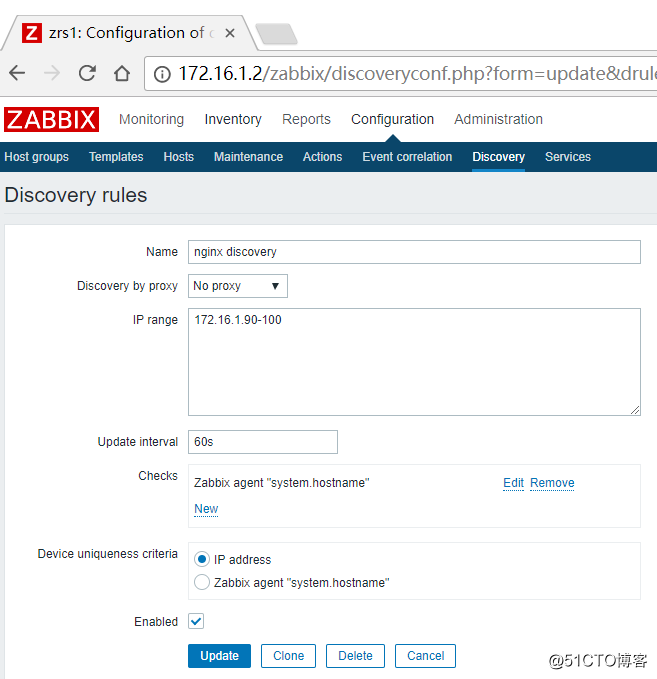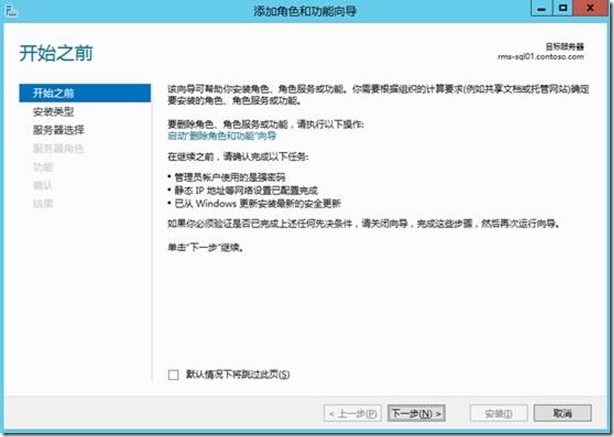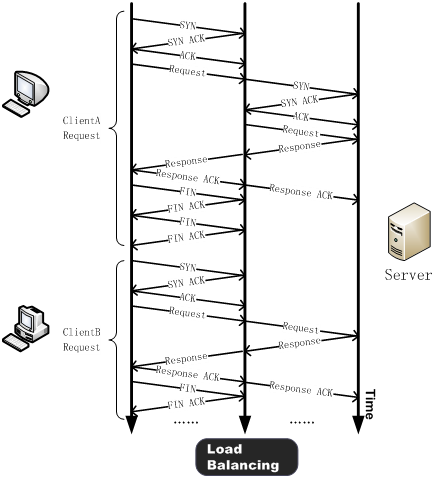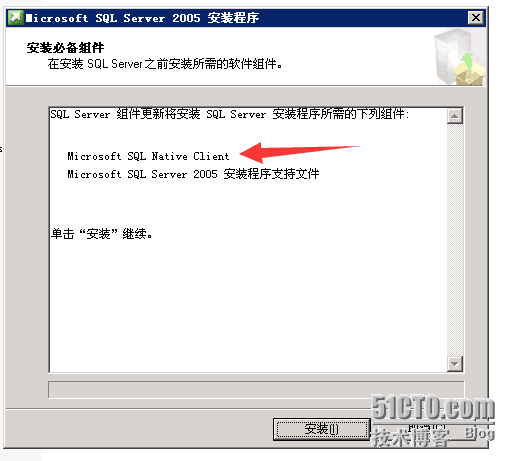关于nutch的基础知识能够參考lemo的专栏
nutch支持二次开发,为了满足搜索的准确率的问题,考虑只将网页正文的内容提取出来作为索引的内容,相应的是parse_text的数据。我使用的事nutch1.4 版本号,在cygwin下运行crawl命令进行爬取。
bin/nutch crawl urls -dir crawl -depth 3 -topN 30爬取的流程例如以下:inject :将urls下的url文档中的url注入到数据库,generate:从数据库中取得url获取须要爬取的url队列,fetch:从url爬取队列中爬取page,parse:解析page的内容。从这里看到我须要改写的是parse对网页解析部分,parse对网页进行解析后将解析的text放入crawl/segments下相应的parse_text目录下,我们能够通过命令
bin/nutch readseg -dump crawl/segments/20120710142020 segdata
查看详细爬取的内容。
从系统的扩展点,通过实现系统中的parser扩展点,就可以实现自己的parse应用,而系统中对html页面解析是通过默认的parse-html插件实现的,这里我们为了方便(但升级nutch版本号之后就不方便了),直接在parse-html插件处进行改动。
首先我们先找到parse-html实现parser借口的getparse方法,这种方法是详细解析网页内容的。
public ParseResult getParse(Content content) {HTMLMetaTags metaTags = new HTMLMetaTags();URL base;try {base = new URL(content.getBaseUrl());} catch (MalformedURLException e) {return new ParseStatus(e).getEmptyParseResult(content.getUrl(), getConf());}String text = "";String title = "";Outlink[] outlinks = new Outlink[0];Metadata metadata = new Metadata();// parse the contentDocumentFragment root;try {byte[] contentInOctets = content.getContent();InputSource input = new InputSource(new ByteArrayInputStream(contentInOctets));EncodingDetector detector = new EncodingDetector(conf);detector.autoDetectClues(content, true);detector.addClue(sniffCharacterEncoding(contentInOctets), "sniffed");String encoding = detector.guessEncoding(content, defaultCharEncoding);metadata.set(Metadata.ORIGINAL_CHAR_ENCODING, encoding);metadata.set(Metadata.CHAR_ENCODING_FOR_CONVERSION, encoding);input.setEncoding(encoding);if (LOG.isTraceEnabled()) { LOG.trace("Parsing..."); }root = parse(input);} catch (IOException e) {return new ParseStatus(e).getEmptyParseResult(content.getUrl(), getConf());} catch (DOMException e) {return new ParseStatus(e).getEmptyParseResult(content.getUrl(), getConf());} catch (SAXException e) {return new ParseStatus(e).getEmptyParseResult(content.getUrl(), getConf());} catch (Exception e) {e.printStackTrace(LogUtil.getWarnStream(LOG));return new ParseStatus(e).getEmptyParseResult(content.getUrl(), getConf());}// get meta directivesHTMLMetaProcessor.getMetaTags(metaTags, root, base);if (LOG.isTraceEnabled()) {LOG.trace("Meta tags for " + base + ": " + metaTags.toString());}// check meta directivesif (!metaTags.getNoIndex()) { // okay to indexStringBuffer sb = new StringBuffer();if (LOG.isTraceEnabled()) { LOG.trace("Getting text..."); }try {utils.getText(sb, root);// 这里是详细解析text的位置
text = sb.toString();} catch (SAXException e) {// TODO Auto-generated catch blocke.printStackTrace();}sb.setLength(0);if (LOG.isTraceEnabled()) { LOG.trace("Getting title..."); }utils.getTitle(sb, root); // extract titletitle = sb.toString().trim();}if (!metaTags.getNoFollow()) { // okay to follow linksArrayList<Outlink> l = new ArrayList<Outlink>(); // extract outlinksURL baseTag = utils.getBase(root);if (LOG.isTraceEnabled()) { LOG.trace("Getting links..."); }utils.getOutlinks(baseTag!=null?baseTag:base, l, root);outlinks = l.toArray(new Outlink[l.size()]);if (LOG.isTraceEnabled()) {LOG.trace("found "+outlinks.length+" outlinks in "+content.getUrl());}}ParseStatus status = new ParseStatus(ParseStatus.SUCCESS);if (metaTags.getRefresh()) {status.setMinorCode(ParseStatus.SUCCESS_REDIRECT);status.setArgs(new String[] {metaTags.getRefreshHref().toString(),Integer.toString(metaTags.getRefreshTime())}); }ParseData parseData = new ParseData(status, title, outlinks,content.getMetadata(), metadata);ParseResult parseResult = ParseResult.createParseResult(content.getUrl(), new ParseImpl(text, parseData));// run filters on parseParseResult filteredParse = this.htmlParseFilters.filter(content, parseResult, metaTags, root);if (metaTags.getNoCache()) { // not okay to cachefor (Map.Entry<org.apache.hadoop.io.Text, Parse> entry : filteredParse) entry.getValue().getData().getParseMeta().set(Nutch.CACHING_FORBIDDEN_KEY, cachingPolicy);}return filteredParse;}我们从代码中能够看到详细解析text的位置,我们须要改动的就是这个位置的代码了,能够通过查看源码,nutch是 通过Dom tree的方式进行解析text内容的,而我在这里为了拿到page的正文部分的内容,我选用了开源的工具boilerpipe进行正文的提取。插入如上函数的代码段为:
text = BoilerpipeUtils.getMainbodyTextByBoilerpipe(new InputSource(new ByteArrayInputStream(content.getContent())));if(text.equals("")){utils.getText(sb, root);text = sb.toString();if (LOG.isTraceEnabled()) { LOG.trace("Extract text using DOMContentUtils..."); }}else if (LOG.isTraceEnabled()) { LOG.trace("Extract text using Boilerpipe..."); }FileWriter fw = new FileWriter("E://mainbodypage//URLText.txt",true);fw.write("url::" + content.getUrl() + "\n");fw.write("text::" + text + "\n");fw.close();
我将相应的page的url和text内容写入到特定的path下,这样能够方便測试,如上代码段调用的静态方法类例如以下:
package org.apache.nutch.parse.html;import org.xml.sax.InputSource;
import org.xml.sax.SAXException;import de.l3s.boilerpipe.BoilerpipeExtractor;
import de.l3s.boilerpipe.BoilerpipeProcessingException;
import de.l3s.boilerpipe.document.TextDocument;
import de.l3s.boilerpipe.extractors.CommonExtractors;
import de.l3s.boilerpipe.sax.BoilerpipeSAXInput;public class BoilerpipeUtils {public static String getMainbodyTextByBoilerpipe(InputSource is) throws BoilerpipeProcessingException, SAXException{final TextDocument doc = new BoilerpipeSAXInput(is).getTextDocument();final BoilerpipeExtractor extractor = CommonExtractors.ARTICLE_EXTRACTOR;extractor.process(doc); if(doc.getContent() != null && !doc.getContent().equals(""))return doc.getContent();elsereturn "";}
}因为用到了开源的工具boilerpipe,因此须要将相关的jar包放入到插件文件夹下的lib文件夹中,同一时候相应的plugin.xml配置中runtime段例如以下:
<runtime><library name="parse-html.jar"><export name="*"/></library><library name="tagsoup-1.2.1.jar"/><library name="boilerpipe-1.2.0.jar"></library><library name="nekohtml-1.9.13.jar"></library><library name="xerces-2.9.1.jar"></library></runtime>至此就完毕了插件的功能,在eclipse下执行build project后执行如上的crawl命令,就可以得到自己想要的正文部分的parse_text数据了,假设在cwgwin下执行crawl命令,还会报NoClassDefFound的runtimeException,找不到指定的jar包,将如上的三个jar包放入到runtime/local/lib文件夹下就可以。
然而boilerpipe的正文提取效果还存在提升的空间,不尽理想;另外也能够用针对特定站点的定制功能去提取text信息。


















